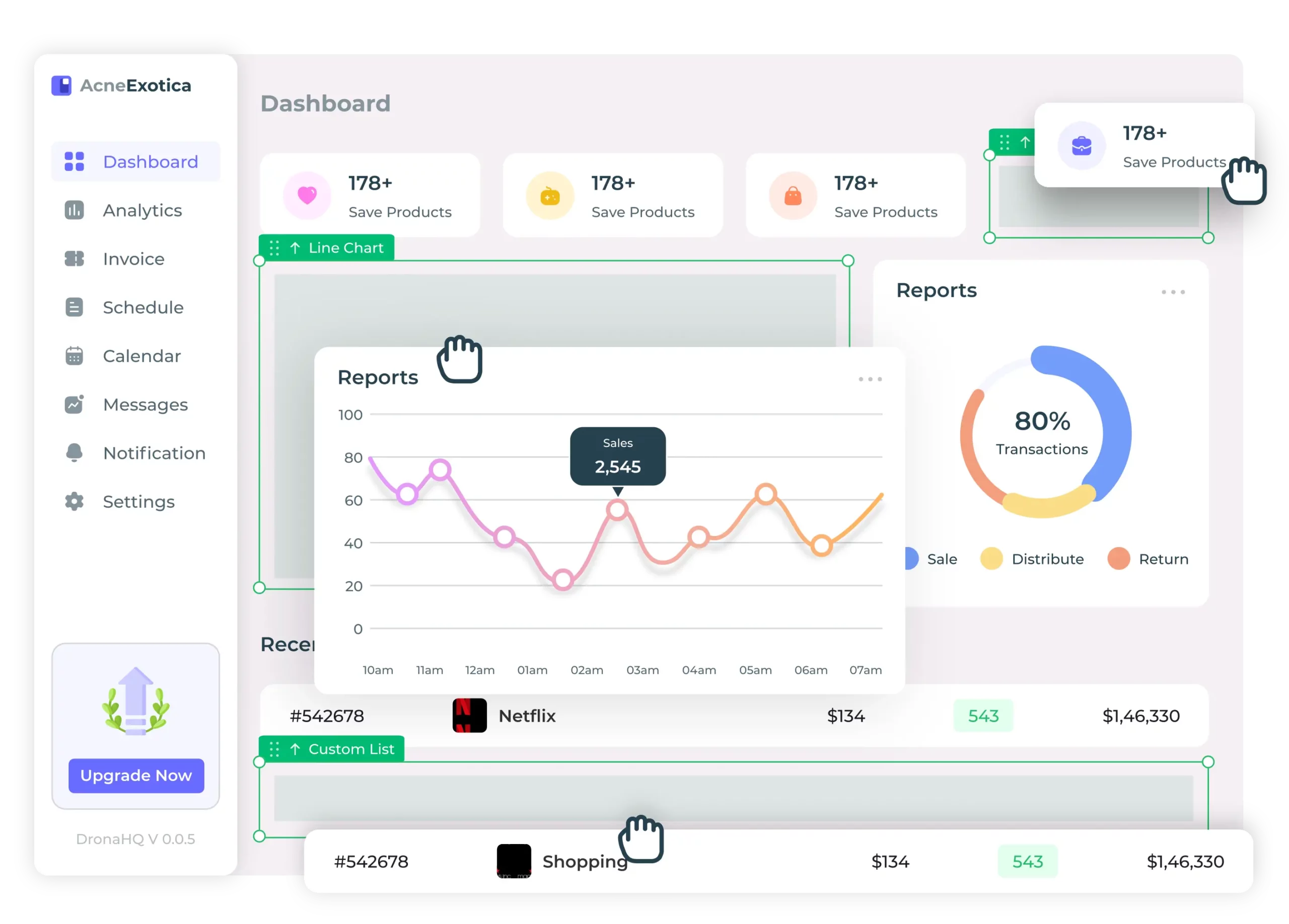Smart Agriculture and Digital Farming are redefining how the world grows, manages, and distributes food. By integrating advanced technologies such as IoT, AI, cloud computing, and automation, farmers can increase crop yields, reduce costs, and ensure sustainability.
At Singleclic, we help businesses and organizations across different sectors—including agriculture—adopt digital transformation strategies that deliver measurable results.
What Is Smart Agriculture?
Smart Agriculture refers to the use of modern technologies—sensors, drones, data analytics, and artificial intelligence—to optimize farming practices. Instead of relying only on traditional methods, farmers can now monitor crops in real time, automate irrigation, and forecast production.
Examples of Smart Agriculture and Digital Farming include:
- Precision irrigation systems that save water.
- AI-based crop disease detection.
- Drones that monitor soil health and plant growth.
- Smart tractors and autonomous harvesting equipment.
Why Digital Farming Matters in 2025 and Beyond
Digital Farming goes beyond smart devices; it connects all farming activities into a data-driven ecosystem. Farmers collect information, analyze it, and make informed decisions that improve efficiency and sustainability.
Benefits of Digital Farming
- Higher Yields – AI and predictive analytics help farmers plan the best planting and harvesting times.
- Resource Efficiency – Smart irrigation and fertilization reduce waste.
- Sustainability – Environmentally friendly practices support long-term food security.
- Risk Reduction – Farmers can detect weather risks, pests, and diseases earlier.
Types of Smart Farming Technologies
H3: Internet of Things (IoT) in Agriculture
IoT sensors measure soil moisture, temperature, and weather conditions in real time.
H3: Artificial Intelligence and Big Data
AI algorithms analyze field data to predict crop performance and suggest improvements.
H3: Drones and Robotics
Agricultural drones capture aerial imagery and automate spraying, while robots assist in harvesting.
H3: Blockchain in Agriculture
Blockchain ensures transparency in the supply chain, helping consumers trust the origin of food.
Smart Agriculture PDF and Learning Resources
Many organizations publish Smart Agriculture and Digital Farming PDF guides to educate farmers and investors. These resources include practical use cases, best practices, and case studies. Singleclic also offers custom digital farming solutions, helping agribusinesses integrate smart technologies step by step.
Investing in Smart Agriculture and Digital Farming Stock
For investors, Smart Agriculture stock opportunities are growing. Companies developing smart irrigation, drones, and AI platforms for farming are attracting global attention. Businesses in the Middle East and North Africa are also exploring partnerships to modernize food production systems.
Smart Farming Examples in the Arab World
In recent years, agriculture startups in the Arab world have successfully applied:
- Hydroponics to grow crops without soil.
- AI-driven greenhouses for controlled farming.
- Satellite-based monitoring for large fields.
Singleclic, with its expertise in ERP, CRM, cloud solutions, and cybersecurity, supports agricultural organizations in adopting these innovative solutions securely and efficiently.
Conclusion
Smart Agriculture and Digital Farming are no longer just trends—they are necessities for ensuring global food security and sustainability. Businesses and governments that adopt these technologies will lead the future of agriculture.
At Singleclic, we provide cutting-edge IT solutions—from low-code development and cloud hosting to ERP systems and 24/7 technical support—to help organizations embrace digital transformation, including in agriculture.
📞 Contact us today:
- Egypt: +2 010 259 99225
- UAE: +971 42 475421
- Saudi Arabia: +966 58 1106563
🌐 Visit: https://singleclic.com/









